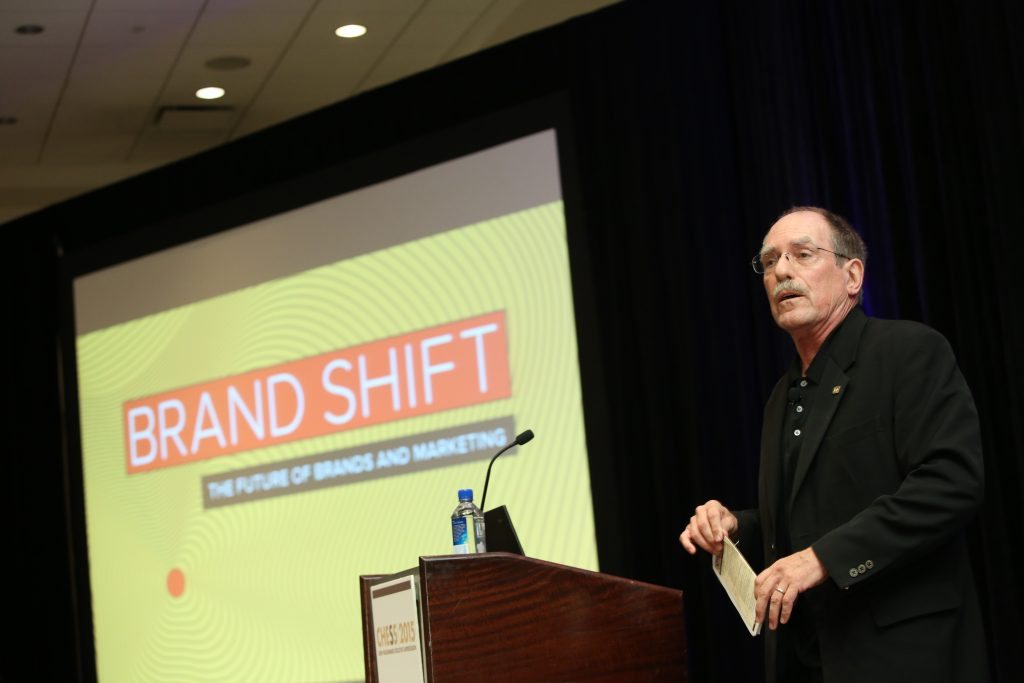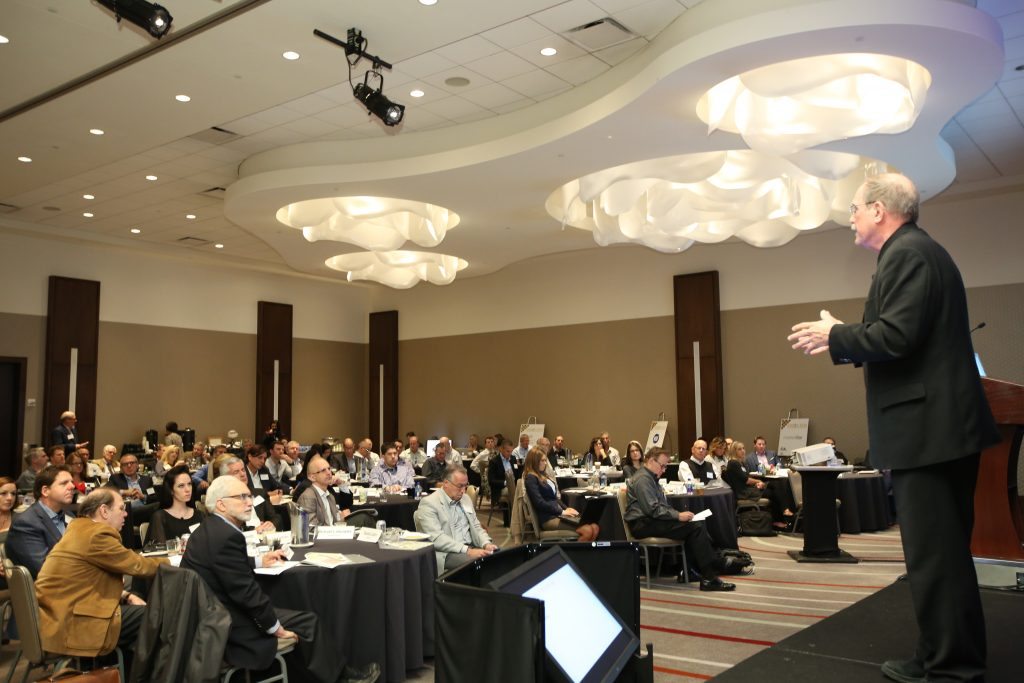Chief Housewares Executives Gather at Annual Strategic Senior-Level Conference
Concept to Consumer: Innovative Strategies for Reaching Your Market
By Vicki Matranga, Design Programs Coordinator
CHESS facilitator Dan Raftery introduced futurist David Houle for the Day One keynote presentation.
Houle, who has advised more than 3000 business owners, is the co-author, with Owen Shapiro, of the 2014 book, Brand Shift: The Future of Brands and Marketing. Houle outlined the three key forces of change that have moved culture from the Information Age that began in the 1970s to the Shift Age that began around 2005.

The Flow to Global — No longer “international” but global connections and concerns. All the major problems we face as a species are global in nature and no single nation can solve all problems.
The Flow to the Individual — Power has migrated from institutions to individuals. Choices and technologies are moving us from hierarchies to networks. The individual, who is also a global citizen, is becoming the primary economic unit.
Accelerating Electronic Connectedness — Until the end of the Industrial Age, entire civilizations and countries could develop without knowledge of concurrent societies. Commercial cell phone use began in the early 1980s but it took 20 years to grow from the first to the billionth cellphone subscriber in 2002. Now there are about 7.2 billion people alive and close to 6.1 billion have cellphones.
Time, Distance and Place are No Longer Restrictions
In an “always-on” environment that is not place-based but space-based, every person is a media content provider. Houle discussed how this “screen reality” captures all of the details of our lives. He pointed to three recent examples of how connections between communities created cultural memes that rapidly gained momentum and power: Gangnam style music video, The Ice Bucket Challenge to raise funds for ALS and the Occupy Wall Street movement, which coined the term, “We are the other 99%.” These concepts spread very quickly, with huge financial and political impact to effect social change.

Big Data and Brands
The era of Big Data represents a universal challenge of how to identify what data to use. To survive, organizations will analyze priorities to understand and apply appropriate data for their needs. We are reaching the limits of human ability to communicate effectively and communication must shift from speed and volume to hyper-focused nurturing. This unfolding reality completely transforms how a company markets and looks at its brand. Brand value is the ability to share, connect and influence.
All brands must target multiple levels of Maslow’s Hierarchy of Human Needs. Brands mediate the psychological tensions of the Shift Age as they communicate with their users in an omni-channel world. Selling becomes sharing when you stop selling – instead, ask people what their problems are. Brands become resources—like nodes in a network—when persuasion becomes aspirational instead of manipulative. Consumers want brands that enhance their own value (“I want to be like that”)—and build/reinforce a person’s self-image. Houle identified the types of core relationships brands can establish with their Shift Age consumers who rapidly assimilate information, are oriented to change and value experiences over products.
Into the Future
Of the top global brands around the world, Houle said that about 2/3 are U.S. based, some 20% are European and aspirational, and roughly 10% are Asian—from Japan and South Korea. He predicts that China’s economy, the second largest in the world, will start creating global brands as it shifts from being a production-based economy to a consumer-based economy.
Houle summarized by stating that in this Golden Age of brands and marketing, companies have the opportunity to absolutely know their consumers and potential consumers. Reach them wherever they are to influence thinking and behavior. In the Q + A period that followed, Houle took questions about convenience vs. digital privacy, what he learned from past predictions (“when I was wrong it was because of a degree of change, for example, 8% actual instead of 10% forecast, three years instead of five years), robotics and interconnected products and the future nature of work.
See the full conference program here:
https://www.housewares.org/chess/agenda



